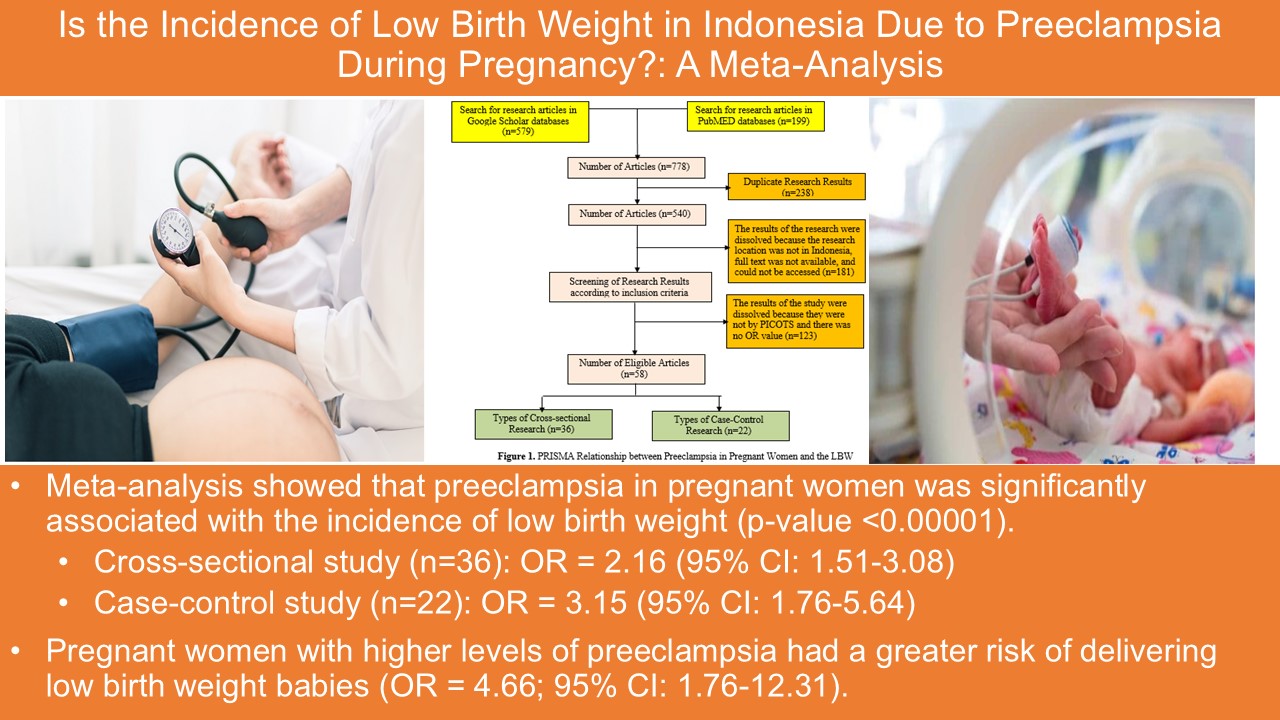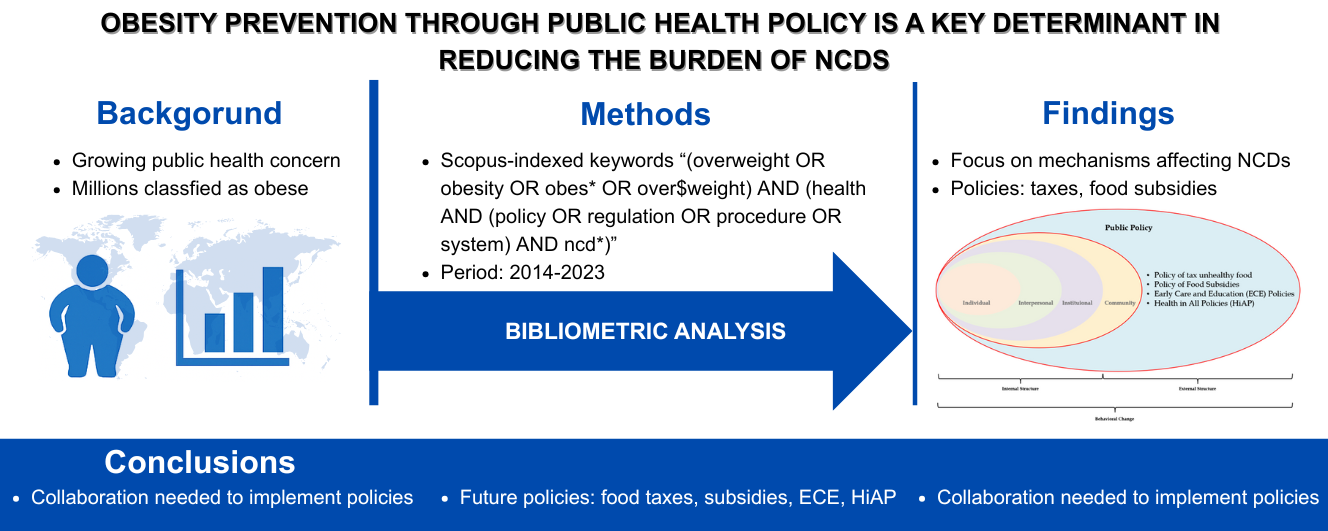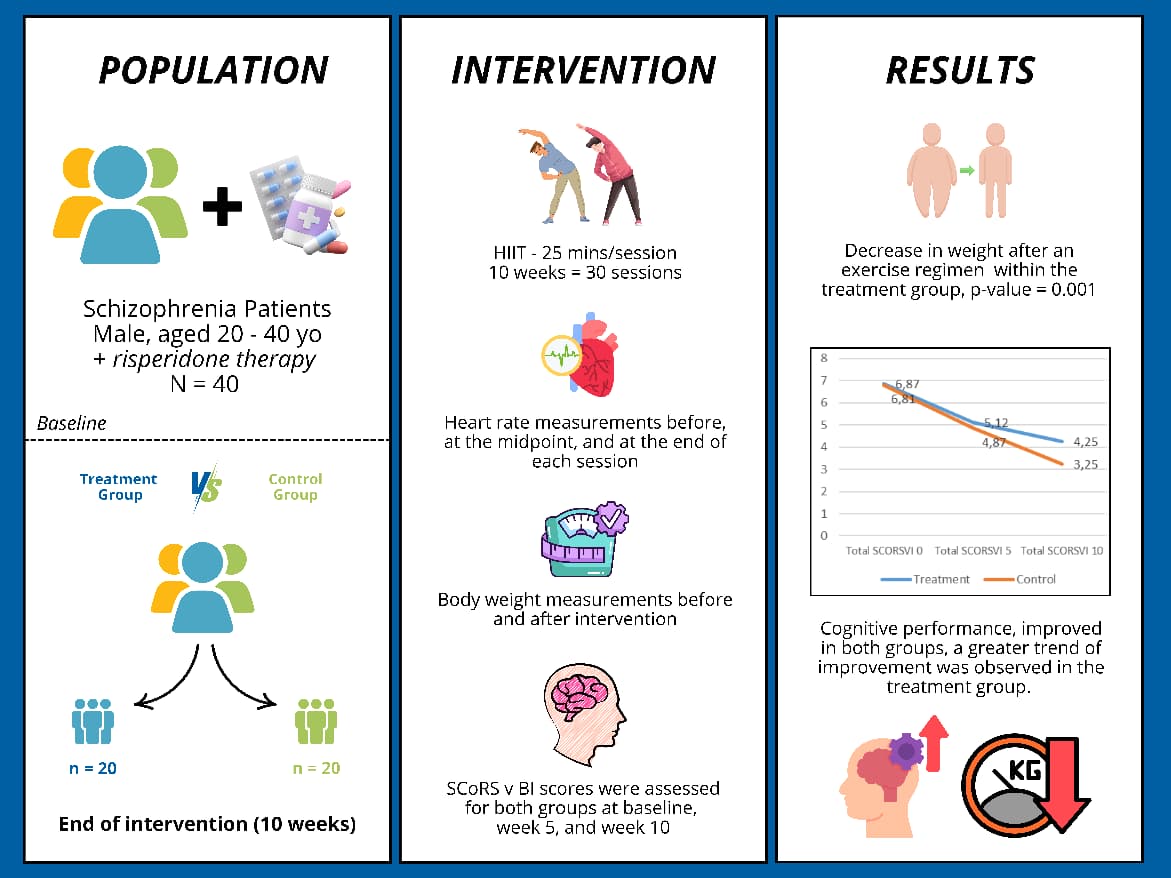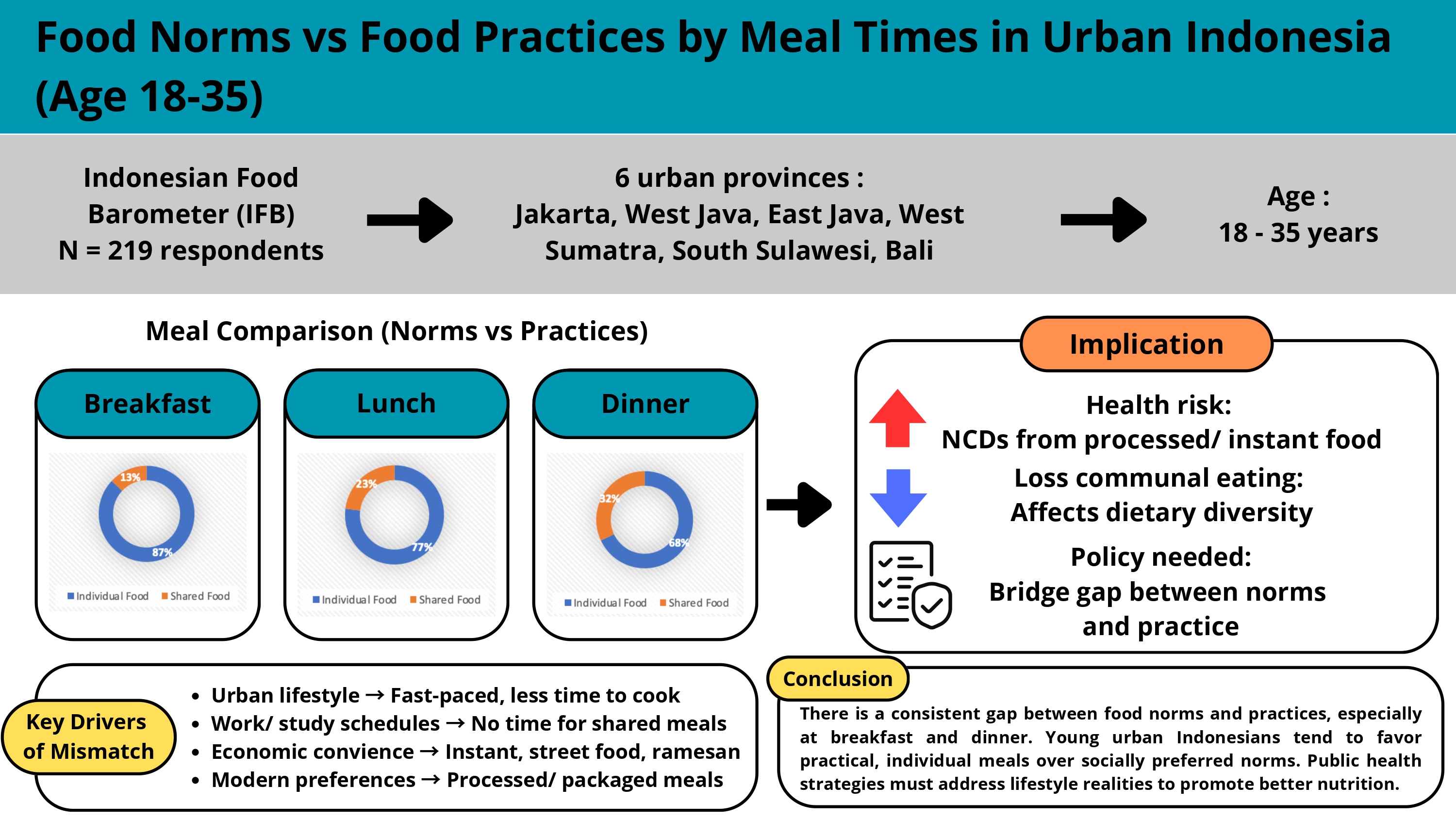HUBUNGAN ASUPAN MIKRONUTRIEN DENGAN KADAR HEMOGLOBIN PADA WANITA USIA SUBUR (WUS)
Downloads
Women in reproductive age is a group that are more susceptible to anemia. Anemia is caused by a deficiency of various nutrients in the body which existence affects each other and it can lower the immune system then increased risk of morbidity. The aim of this study was to analyze the relationship between intake of iron, vitamin A, vitamin B2, vitamin B6, vitamin C, folic acid, and zinc with hemoglobin level among women in reproductive age. This cross sectional study was conducted in 9 subdistricts in Probolinggo and subjects were 71 people selected by simple random sampling using secondary research data in 2014. Micronutrients intake data obtained by 24 hours recall method then compared to RDA. Hemoglobin level measured by Hemocue. Data was analyzed using the Pearson correlation test. The result showed the average of hemoglobin level was 12.01 ± 1,24 g/dl and anemia prevalence was 42.25%. Statistical analysis showed that vitamin A intake is correlated to hemoglobin level (p = 0.015; r = 0.287). Further analysis is done by dividing respondents into two groups, anemic and not anemic to analyze the difference of the average of micronutrients intake. The sufficient level of vitamin A and vitamin B6 were adequate (≥ 77% RDA), but only vitamin A that significantly associate to hemoglobin level.
Keywords: micronutrient intake, hemoglobin level, Women in reproductive age
Almatsier, S. (2001). Prinsip Dasar Ilmu Gizi.
Jakarta: Gramedia Pustaka Utama.
Allen, LH. (2002). Iron Supplements: Scientiï¬c Issues Concerning Efï¬cacy and Implications for Research and Programs. J. NutrMuslimatun, S., Schmidt, M.K., Schultink, W., West, C.E., Hautvast, J.G., & Gross, R. (2001). Weekly supplementation with iron and vitamin A during pregnancy increases hemoglobin concentration but decreases serum ferritin concentration in Indonesian pregnant women. The Journal of nutrition, 131(1), 85-90. ISO 690 2002; 813S-
S
Badan Penelitian dan Pengembangan Kesehatan Departemen Kesehatan RI., (2007). Riskesdas
Jakarta; Balitbangkes
Badan Penelitian dan Pengembangan Kesehatan
Kementerian Kesehatan RI. (2013). Riskesdas
Jakarta; Balitbangkes.
Bakta. (2003). Hematologi Klinik Ringkas. Jakarta: Penerbit Buku Kedokteran Elic.
Beard JL. dan Stoltzfus, RJ. (2001). Functional consequences of nutritional anemia in adults. ed: Nutritional Anemias. CRC Press, USA
Bhaskaram, P. (2002). Micronutrient Malnutrition, Infection, and Immunity: An Overview. Diakses dari http://www.nutritionreviews. oxfordjournals.org.
Depkes RI. (2006). Glosarium Data dan Informasi Kesehatan. Pusat Data dan Informasi Depkes RI. Jakarta.
Dinas Kesehatan Kabupaten Probolinggo. (2007). Profil Kesehatan Kabupaten Probolinggo tahun 2007. Probolinggo. Dinas Kesehatan Kabupaten Probolinggo.
Ekayanti, I. (2007). Efek Pemberian Zat Gizi Mikro terhadap Keberhasilan Suplementasi Besi pada Wanita: Kasus Studi di Perusahaan Makanan, Sidoarjo. Tesis. Surabaya, Universitas Airlangga.
Gleason G., Scrimshaw NS. (2007). An Overview the functional significance of iron deficiency. Di dalam Nutritional Anemia, Edited by Klaus Kreamer & Michael B. Zimmerman. Switzerland: Sight and Life Press.
Gibson, RS. (2005). Principles of Nutritional Assessment, 2nd.ed., Oxford University Press, New York.
Kuntoro, H. (2009). Dasar Filosofis. Metodologi
Penelitian. Surabaya: Pustaka Melati
Murray, RK., Granner, DK., Robert, KM., Peter, AM.,Victor, WR. (2006). Harper 's Biochemistry (27th ed.) Appliton & Lange, Stanford-Connecticut.
Muslimatun, S., Schmidt, M. K., Schultink, W., West, C. E., Hautvast, J. G., & Gross, R. (2001). Weekly supplementation with iron and vitamin A during pregnancy increases hemoglobin concentration but decreases serum ferritin concentration in Indonesian pregnant women. The Journal of nutrition, 131(1), 85–90.
Olivares, Manuel, E. Hertrampf, and R.Uauy. (2007). Copper and zinc interactions in anemia: a public health perspective. Diakses dari https:// www.dsm.com/content/dam/dsm/cworld/ en_US/documents/sal-nutritional-anemia-book. pdf
Sahana, ON. (2015). Anemia Gizi pada Wanita Usia Subur (WUS) Hubungannya dengan Asupan Zat Gizi dari Makanan dan Kejadian Sakit di Kabupaten Probolinggo (Skripsi, Universitas Airlangga, Surabaya).
Scott, JM. (2007). Nutritional anemia: B-vitamins. Diakses dari https://www.dsm.com/content/dam/dsm/cworld/en_US/documents/sal- nutritional-anemia-book.pdf
Sumarmi, S., Puspitasari, N., Mahmudiono, T., dan Megatsari, H. (2008a). Peningkatan Status Gizi Calon Pengantin Wanita pada Kegiatan Penyusunan Angka Kecukupan Gizi Keluarga. Probolinggo: Author.
Sumarmi, S. (2014). Report Preconceptual Suplementation of Multiple Micronutrient to Impove Maternal Iron Status and Pregnancy Outcome. Surabaya: Author.
- MEDIA GIZI INDONESIA Journal is the copyright owner of all materials published on this website.
- The formal legal provisions for access to digital articles of this electronic journal are subject to the terms of the Creative Commons Attribution-NonCommercial-ShareAlike license (CC BY-NC-SA 4.0), which means that MEDIA GIZI INDONESIA Journal and readers reserve the right to save, transmit media / format, manage in database, maintain, and publish articles as long as it continues to include the name of the Author.
- Printed and published print and electronic manuscripts are open access for educational, research and library purposes. In addition to these objectives, the editorial board shall not be liable for violations of copyright law.


2.png)





















